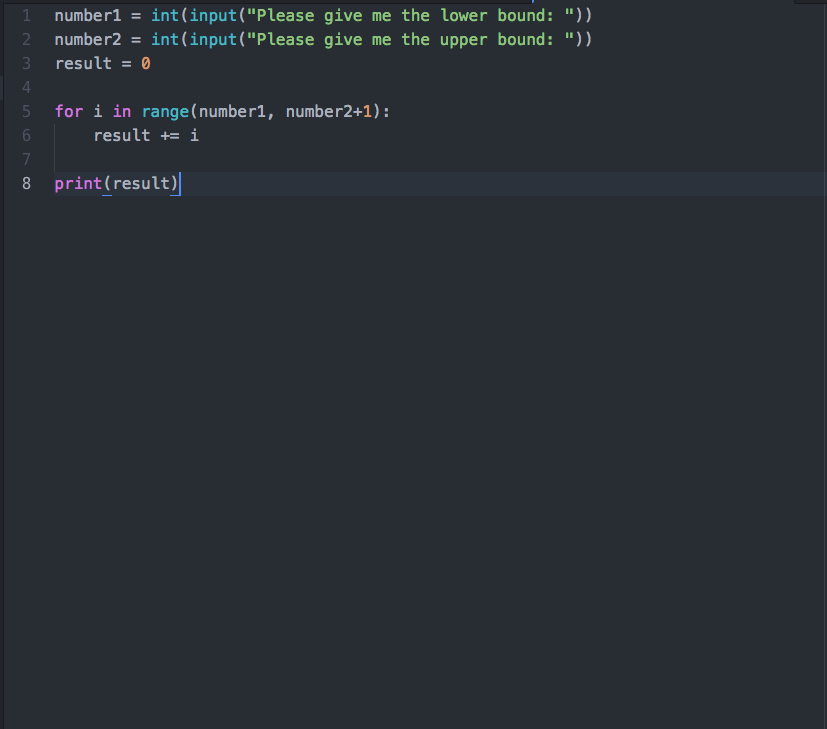--Originally published at S' Nami Bog. Servitas Vitae
First of all, teacher I would like to apologize for not attending to the past class, I will see you tomorrow.
On the first chapter I discussed and talked about how important it was to follow the requirements of a client’s client.
Even though that is important we also need to take into consideration that our client that is ordering the software also needs attention and dedication.
Most people work this way: What do you need?
I need a software that shows me the addition of this and this.
Say no more. What happens when you deliver the project? Well it is a different thing that the client didn’t want, then your boss makes a huge deal and you know the drill.
How can we avoid this and what went wrong?
Always ask your client what exactly does he want, why? Well, this will help you organizing your ideas and brain storm and deliver a product that the customer really wants. There are no wrong questions and you look more of a fool without asking and leaving with the doubt. Client wants it pink but you did it red. Easy task to fix it but the damage is done.
Another thing is to have into consideration that modt of the time the client will never be honest; therefore, we/you need to look deeper and understand them. Let’s say you are working for a company that sells clothes and their store has pink and red on the walls, customer says “I want it red” You must ask yourself if red is the only color he truly wants and if you have a doubt implement the pink one too. In other words be one step ahead and this doesn’t only apply with aesthetic things, you can also apply this to functions and Continue reading "Chapter 2 and something else"












